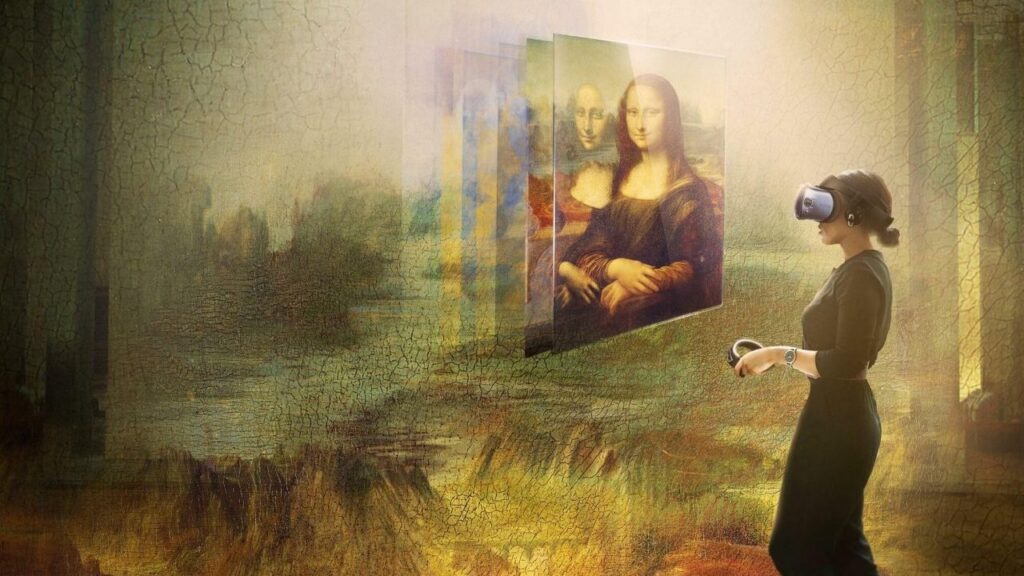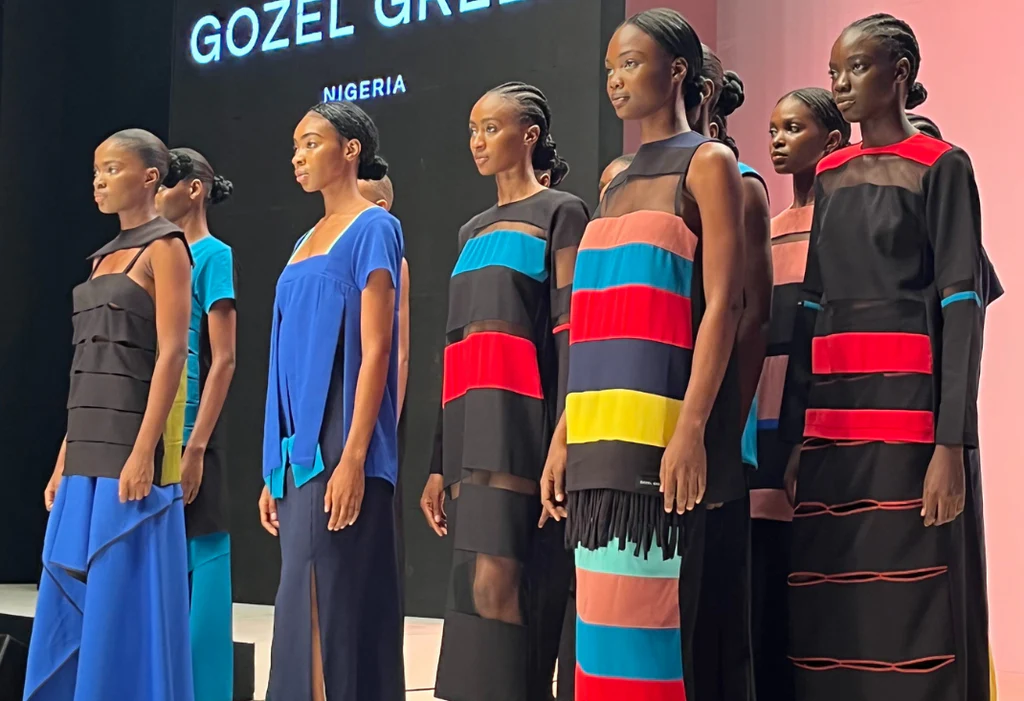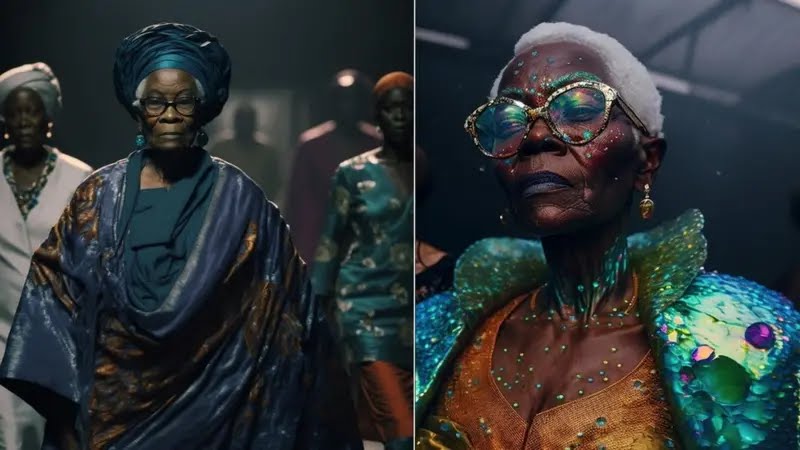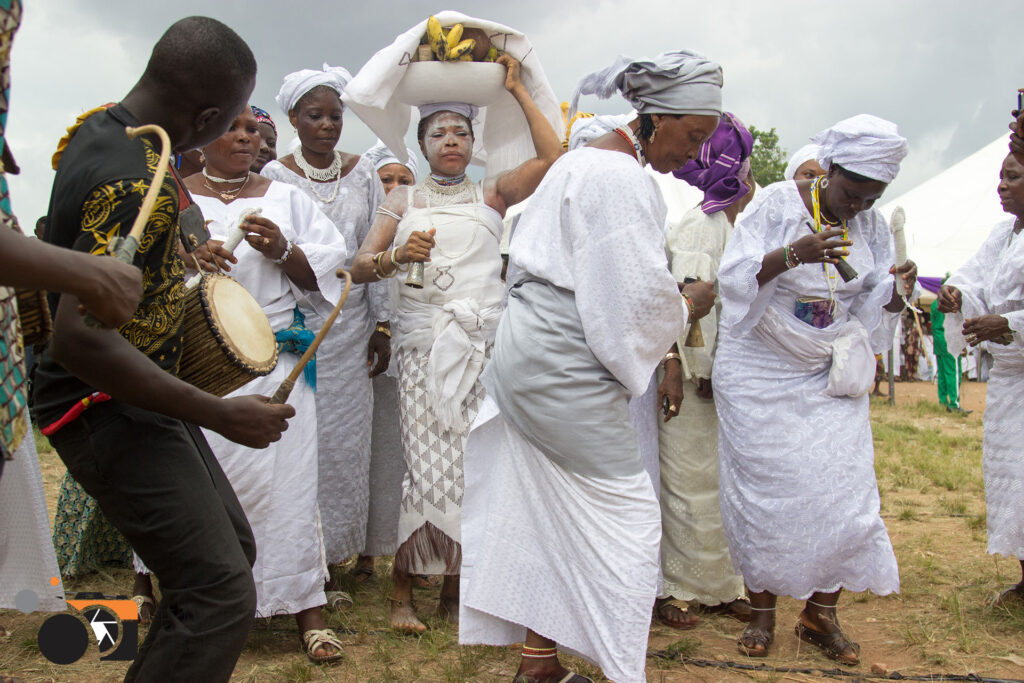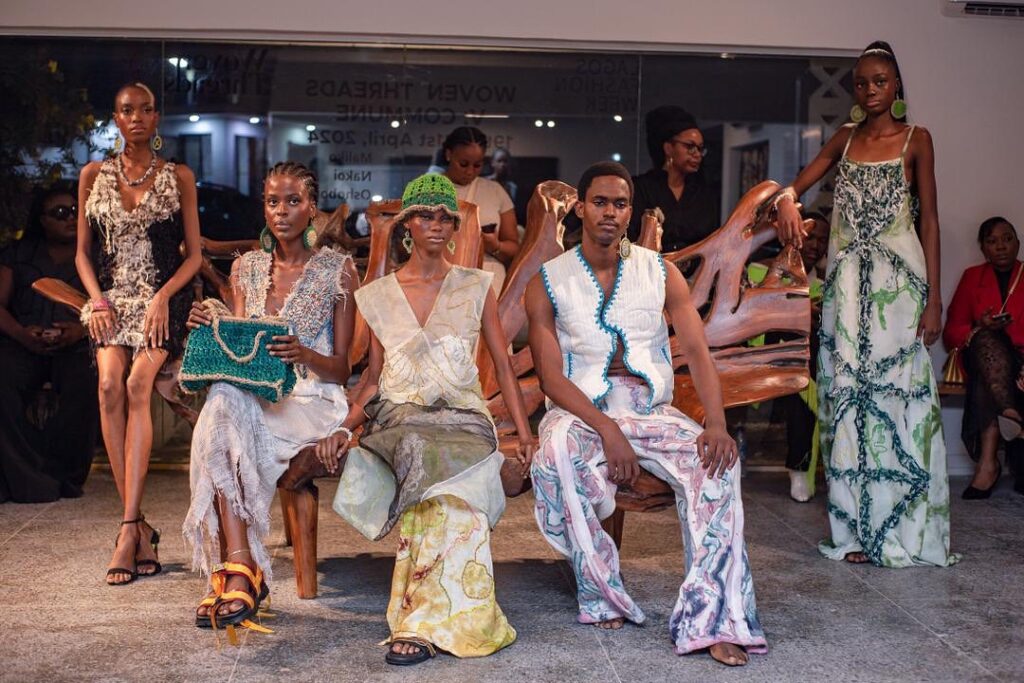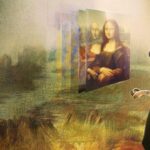Although it has been approximately 503 years since the demise of Leonardo da Vinci, this prestigious artist somehow still finds time to surface in different eras through his mesmerising artworks.
The ingenious artwork Mona Lisa, and more that is known to man, has survived the history of civilization and is still adored by many enthusiasts. But now, a new work emerges. Though it is speculative with keen artistic precautions observed by experts, this newly discovered artwork has styles and techniques closely associated with the doings and working of Leonardo da Vinci.
Annalisa Di Maria’s latest discovery changes a lot in the art scene.
The discovery has birth a prescription termed “Di Maria Formula”. This formula is the gateway that gives insight to understanding the arts and mind of the genius Leonardo da Vinci of Leonardo. Annalisa Di Maria is an art expert, and a member of the UNESCO centre in Florence, specialising in the study of the great works of Da Vinci.
As the works of Da Vinci leaves many historians and art enthusiasts in awe, Annalisa Di Maria is causing an uproar in the art world.
Annalisa Di Maria uses the latest discovered painting that is believed to be a “Self Portrait” of Leonardo da Vinci, as a focal point of study. This study thus unravels and thwarts preconceived ideas that the “Self Portrait” was done by an anonymous student of Da Vinci who draws his master’s face.
The “Self Portrait” found in the Windsor codex of the Royal Collection Trust, based on research by Annalisa Di Maria suggests numerous elements that are plausible to the signature works of Da Vinci who did a “Self Portrait” of himself.

Following the study of the Windsor codex “RCIN912290” a myriad of facts were exposed like the portrait that is estimated to be drawn 1490-1499. The assessment highlighted certain fundamentals.
- Another is that the drawing was discovered with numbers, inscriptions and calligraphy. When comparing the calligraphy found on the work to that drawn by Da Vinci, the similarity is uncanny.
- The horse’s foot is similar to that found in the drawing under study. The review where his self-portrait would be found includes the study of the proportions of the legs that are in tune with the period indicated.
- Although the portrait of the young man in the lower left of the drawing has not been unidentified, the line resembles the man in profile “RCIN919122”. Both wear identical hats worn at the Platonic Academy in Florence, led by Marsilio Ficino.
Born in the renaissance era, even though one was an artist, science married with art. Therefore, everything was Mathematics and nothing was done without the inclusion of numbers. Luca Pacioli once referred to Leonardo as a master of geometry in drawing who was equal to no one. Annalisa Di Maria carries out her research on this basis.
Her discovery reveals that the “Self Portrait” influenced by geometry is divided into three, which are in accordance with the golden ratio. This is aimed at achieving the beauty that is structured in proportion. The three divisions are from the chin to nose, from the nose to the retina of the eyes and then again from the retina to the forehead.
These discoveries reveal the important elements and application of mathematics and proportion used to form the compelling works of da Vinci.
The summation from the art expert, Annalisa Di Maria. has made scholars such as Jean-Charles Pomelo, a renowned Professor of Mathematics, Computer Science and Artificial Intelligence, inclined to apply these techniques of the golden ratio in portraits. This is applied through the drawings of golden squares and golden triangles.

